简体中文
繁體中文
English
Pусский
日本語
ภาษาไทย
Tiếng Việt
Bahasa Indonesia
Español
हिन्दी
Filippiiniläinen
Français
Deutsch
Português
Türkçe
한국어
العربية
The Role of Moving Averages in Trend Trading
Abstract:Moving averages are essential tools in technical analysis, widely used by traders to identify trends and make informed decisions. By smoothing out price data, moving averages help traders filter out noise and determine the overall direction of a market, making them invaluable in trend trading strategies.
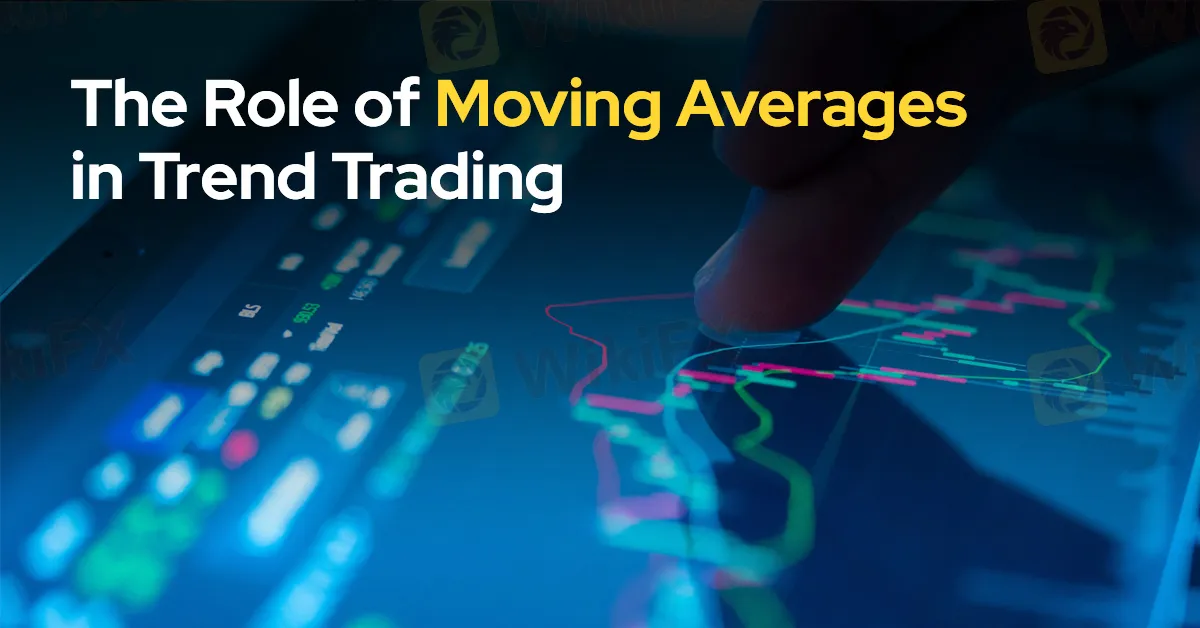
Introduction
Moving averages are essential tools in technical analysis, widely used by traders to identify trends and make informed decisions. By smoothing out price data, moving averages help traders filter out noise and determine the overall direction of a market, making them invaluable in trend trading strategies.
What are Moving Averages?
A moving average (MA) is a statistical calculation that averages a set of data points over a specific period. In trading, the most common types are:
Simple Moving Average (SMA): This is calculated by summing the closing prices over a designated number of periods and dividing by that number. It provides a straightforward average but can lag behind current prices.
Exponential Moving Average (EMA): This gives more weight to recent prices, making it more responsive to new information. EMAs are favored by many traders for their sensitivity to price changes.
Identifying Trends with Moving Averages
Moving averages are primarily used to identify market trends. Heres how they can aid trend trading:
Trend Direction: When prices are above the moving average, it generally indicates an uptrend, while prices below suggest a downtrend. This visual representation helps traders align their positions with the prevailing trend.
Crossovers: One of the most popular strategies involves using two moving averages—a shorter period and a longer period. A bullish crossover occurs when the shorter MA crosses above the longer MA, signaling a potential buy opportunity. Conversely, a bearish crossover happens when the shorter MA crosses below the longer MA, indicating a potential sell signal.
Support and Resistance Levels: Moving averages can act as dynamic support and resistance levels. In an uptrend, the moving average may serve as support, while in a downtrend, it can act as resistance. Traders often look for price action around these averages to make decisions.
Combining Moving Averages with Other Indicators
While moving averages are powerful on their own, they are often more effective when combined with other technical indicators. For example:
Relative Strength Index (RSI): This momentum oscillator can help confirm trends identified by moving averages. A bullish signal is stronger when the RSI is above 50, while a bearish signal is confirmed when its below 50.
MACD (Moving Average Convergence Divergence): This indicator uses moving averages to identify momentum and trend changes. Traders can look for crossovers and divergence between MACD and price action for additional confirmation.
Limitations of Moving Averages
Despite their usefulness, moving averages have some limitations:
Lagging Indicator: Moving averages are lagging indicators, meaning they react to price changes rather than predict them. This delay can result in late entry or exit points.
Whipsaws in Sideways Markets: In choppy or sideways markets, moving averages can produce false signals, leading to potential losses.
Parameter Sensitivity: The effectiveness of moving averages depends on the chosen time period. Shorter periods can generate more signals but may also increase noise, while longer periods smooth out fluctuations but can delay signals.
Conclusion
Moving averages play a crucial role in trend trading, helping traders identify and capitalize on market trends. By providing insights into trend direction, potential entry and exit points, and acting as dynamic support and resistance, moving averages can enhance trading strategies. However, traders should be mindful of their limitations and consider combining them with other indicators to improve overall effectiveness. Understanding how to leverage moving averages can significantly enhance a trader's ability to navigate the ever-changing forex market.

Disclaimer:
The views in this article only represent the author's personal views, and do not constitute investment advice on this platform. This platform does not guarantee the accuracy, completeness and timeliness of the information in the article, and will not be liable for any loss caused by the use of or reliance on the information in the article.
Read more
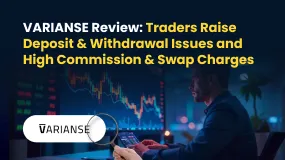
VARIANSE Review: Traders Raise Deposit & Withdrawal Issues and High Commission & Swap Charges
Are you losing both while depositing and withdrawing your capital at VARIANSE? Does the broker give the currency conversion rate excuse for this? Have you been trapped with spreads charged higher than promised? Do you bear steep commission and swap charges at this broker? Traders frequently report these trading issues online. In today’s VARIANSE broker review, we have shared some trading complaints that have grabbed everyone’s attention. Take a look.
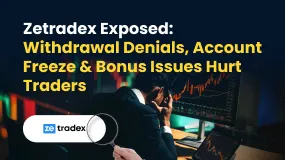
Zetradex Exposed: Withdrawal Denials, Account Freeze & Bonus Issues Hurt Traders
Do you constantly face withdrawal denials by Zetradex? Does the forex broker keep freezing your account and wiping out your capital? Have you also undergone issues concerning the Zetradex no deposit bonus? These trading issues have become apparent as the forex broker allegedly scams traders all over. In this Zetradex review article, we have demonstrated some complaints. Read them to get a feel of what happens to traders here.
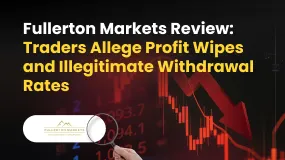
Fullerton Markets Review: Traders Allege Profit Wipes and Illegitimate Withdrawal Rates
Have you witnessed constant profit deletion from Fullerton Markets? Has the Saint Vincent and the Grenadines-based forex broker wiped out all your capital after you checked it on Fullerton Markets Login? Do you find the deposit and withdrawal rates abnormal here? These complaints have been grabbing everyone’s attention on Fullerton Markets Review Platforms. In this article, we have shared some of these complaints for you to look at and inspect. Read on!
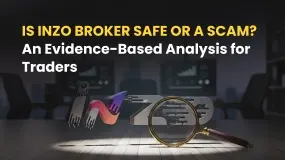
Is Inzo Broker Safe or a Scam? An Evidence-Based Analysis for Traders
When traders check out a new broker, the main question is always about safety and whether it's real. Is Inzo a trustworthy partner for your trading capital, or is it a scam you should stay away from? The broker looks modern and professional, offering popular platforms and many different account types. However, this polished look is clouded by many serious complaints from users who report big problems with their money and trading conditions. A simple "yes" or "no" answer isn't enough. To reach a good conclusion, we need a detailed investigation based on facts. This analysis will give you a clear and fair breakdown of the facts. We will cut through the mixed information to give you a complete picture of Inzo.
WikiFX Broker
Latest News
BASF CEO: EU CO₂ Trading Is A "Destruction Mechanism" For European Industry
Is Fyntura a Regulated Broker? A Complete 2025 Broker Review
Zetradex Exposed: Withdrawal Denials, Account Freeze & Bonus Issues Hurt Traders
Is Forex Zone Trading Regulated and Licensed?
PINAKINE Broker India Review 2025: A Complete Guide to Safety and Services
Exness Restricted Countries List 2025 Explained
Is Uniglobe Markets Legit? A 2025 Simple Guide to Its Safety, Services, and User Warnings
Is Inzo Broker Safe or a Scam? An Evidence-Based Analysis for Traders
WikiEXPO Dubai 2025 “Welcome Party” Kicks Off Tonight!
He Trusted a WhatsApp Group and Lost RM659,000
Currency Calculator



